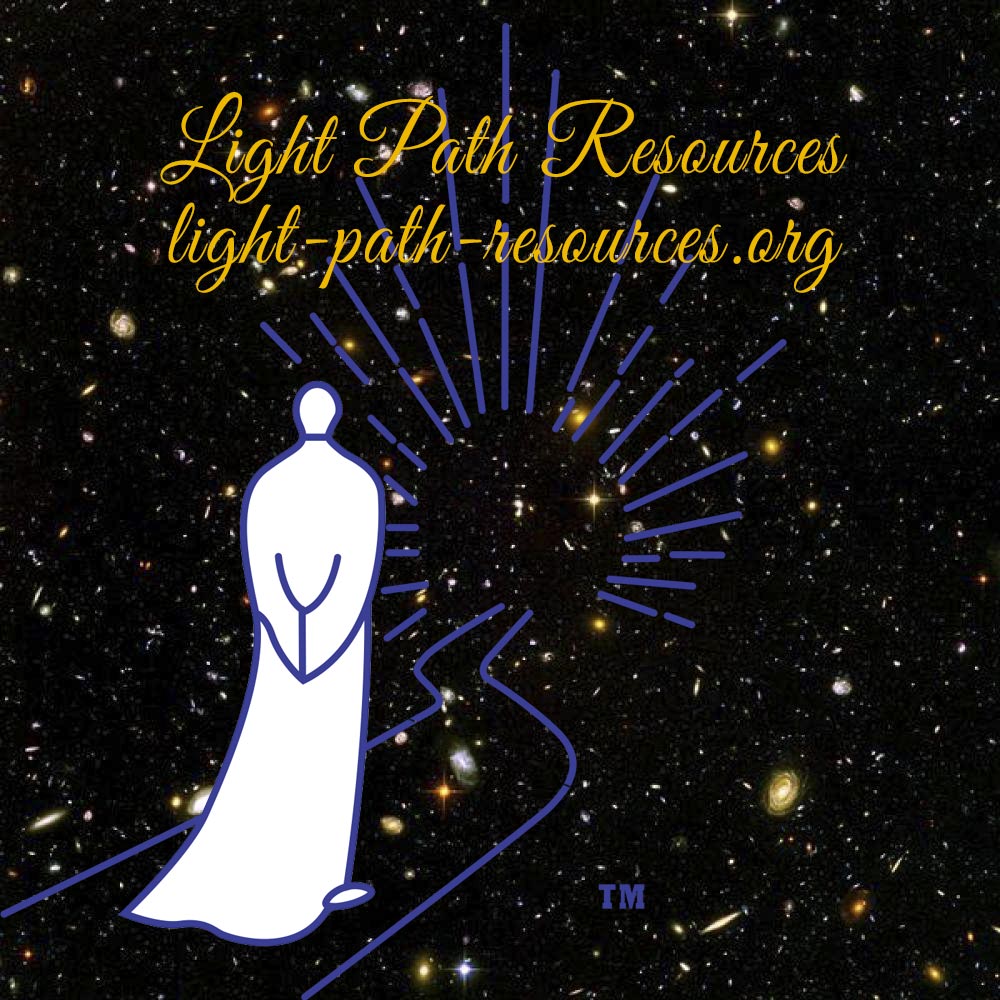Does Light Path Resources Meet “Approved” IRS Guidelines…
As A FREE Church?
Is LPR an automatic non-profit?
For Churches
Neither the Tax Code nor Regulations provide a definition of what constitutes a church. There have been several court cases and Rev. Rul. 59-129 that list factors to be considered. (Rev. Rul. 59-129 was published in a digest format and thus, does not specifically list the following criteria.) To be classified as a church and thus exempt from taxation, an organization should meet most of the following criteria: (does Light Path Resources meet this?)
-a distinct legal existence? yes – online
-a recognized creed and form of worship? yes – Beliefs & Philosophies
-a definite and distinct ecclesiastical government? yes –
-a formal code of doctrine and discipline? yes – again Beliefs & Philosophies
-a distinct religious history? yes – Ordination Trail
-a membership not associated with any other church or denomination? yes
-a complete organization of ordained ministers ministering to their congregations and selected after completing prescribed courses of study? yes – again, Ordination Trail
-a literature of its own? yes – the links to the books on the Buddha-consciousness.org web site
established places of worship? yes – anywhere, everywhere, at any time
-regular congregations? yes – monitored by the number of web pages/month
-regular religious services? yes, see “established places of worship,” above
-Sunday schools (discrimination?) for the religious instruction of the young? No, we advocate universally provided spiritual information (as opposed to “religious instruction”) for everyone, young and old, so that each individual can accept/reject whatever they expose themselves to.
-“schools” for the preparation of its ministers? yes – based on personal evaluation
-Churches and Political Activity: Churches and religious organizations may engage in limited political activity. Yes, in our case VERY limited, since we come from a Unity Consciousness viewpoint and, while personally possessing strong progressive beliefs, we see this website/church as encompassing a global, a galactic and beyond… a Universal outlook.
for Traditional Public Charities
And a few more for public charities, in general: (does Light Path Resources meet this?)
Organizational Test: All charities must be organized exclusively for charitable purposes and must be operated exclusively for charitable purposes. yes
Creating the Organization: The articles of incorporation (in this case, the Bylaws) must state the charitable purpose of the organization. yes
Dissolution of the Charity: The articles of incorporation (in this case, the Bylaws) should provide for the dissolution of the charitable organization. yes
Operational Test: The operational test examines the way an organization actually conducts its activities. yes
Private Inurement: Charities are not allowed to give direct or indirect benefits to officers, directors and other people that are closely related to the charity (except for reimbursement of legitimate expenses). yes
Public (in this case, global) Benefit: While the ban on private inurement prevents charities from giving benefits to people that have a close relationship to the charity, the purpose of the “public benefit” requirement is to be sure that the charity’s activities actually help a broad group of people – namely, the “public.” yes
Legislative and Political Activity: A charity generally may not devote any substantial time or activity to politics. yes
Churches and Political Activity: Churches and religious organizations may engage in limited political activity. Yes, VERY limited
If an organization can show that it meets most of the items listed above, then generally it will be classified as a church and, as shown in this newspaper article, is not subject to the new nonprofit up-to-$25K reporting requirement.
Some references concerning online churches as a new societal development:
- Zaleski, The Soul of Cyberspace: How New Technology Is Changing Our Spiritual Lives, Harper Collins, NY, NY, 1997
- Hojsgaard and Warburg, Religion and Cyberspace, Routledge, NY, NY, 2005
- Campbell, Exploring Religions Community Online, Peter Lang Publishing, NY, NY, 2005
===========================================================
Charities with Broad Public Support
There are three ways a charity can show that it has broad public financial support.
First, a charity can demonstrate that the total amount of support it receives from the public is at least one-third of the total support the charity has received over the prior four years. Support received from the public generally includes small contributions from individuals, foundations, trusts or corporations, support from governmental units, support from other public charities and membership dues. Small gifts are defined as 2% or less of total support. Sec. 509(a)(1), Reg. 1.170A-9(e)(2), Reg. 1.170A-9(e)(4).
If a charity doesn’t meet the first test, but has received at least 10% of its total support over the most recent four year period from the public, it can try to demonstrate with facts and circumstances that it has broad public support and is working to attract even more. Sec. 509(a)(1), Reg. 1.170A-9(e)(3).
Finally, a charity has broad public support if it can show that it receives more than one-third of its support from gifts, grants, fees and gross receipts from charitable activities and that its net investment income and unrelated income doesn’t exceed one-third of its total support. Sec. 509(a)(2).
===========================================================
Please note that the file below was updated on 5/8/19
DOWNLOAD Does-Light-Path-Resources-Meet-‘Approvedu2019-Guidelines....pdf PDF 60KB

Recent Comments